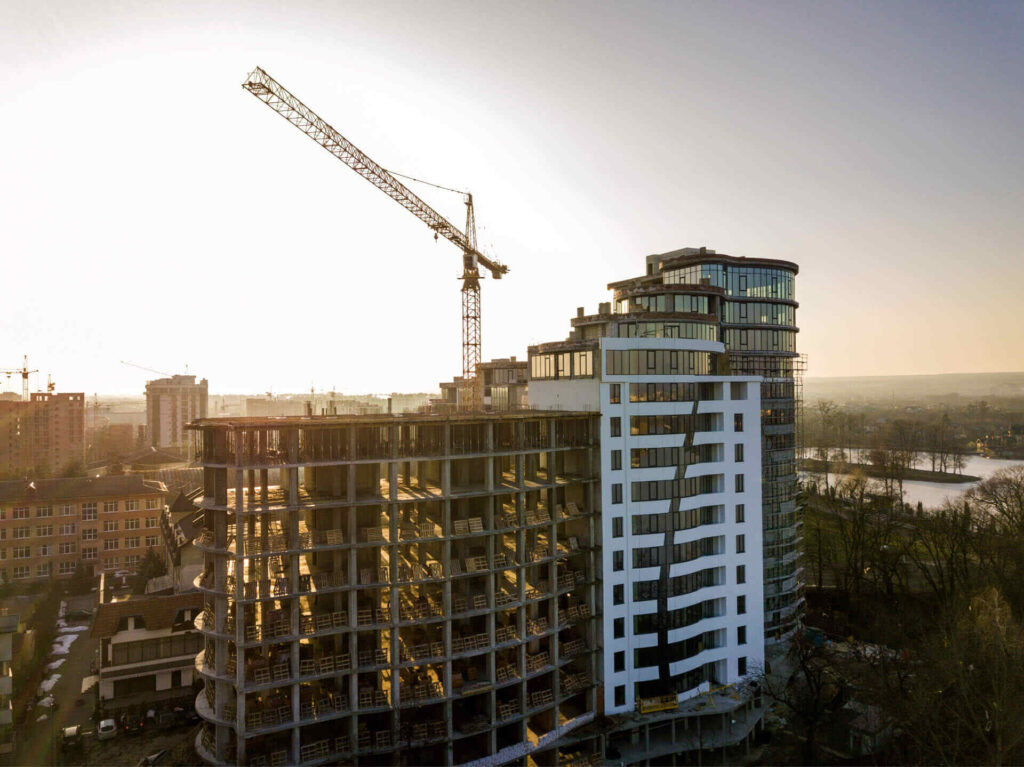The changing industry of real estate in the Philippines is brought about by the dynamics of urbanization, population increase, and changes in the economy. Leading this change are property developers, who now transform cities as a way of supporting the increasing housing demand, infrastructure, and sustainable living. This article discusses the impact of property developers on urban environments across the country and the broader implications of that work for city planning in the future.
Urbanization and Population Growth
The Impact of Urban Migration
About 50% of the country’s population now lives in urban areas according to United Nations data. That percentage is expected to keep rising. Rapid urbanization brings with it opportunities as well as challenges. On one hand, it not only contributes to economic development and innovation but also worsens problems like housing shortages, traffic jams, and poor infrastructure.
In times when cities are expanding to provide for more people, property developers have emerged to create solutions. Housing shortages have become more severe problems in big metropolitans like Metro Manila, where the demand far outstrips the supply. Developers are answering with their range of residential projects targeted to close this gap with the middle-income markets, which are shorn of houses that are both affordable and accessible.
Housing Solutions
To meet the urgent need for housing, property developers have started many residential projects across the Philippines. These projects include high-rise condominiums in busy business districts and affordable housing in suburban areas. Notable examples include developments by leading companies such as Ayala Land and DMCI Homes, which have introduced innovative designs that maximize space while maintaining affordability.
The emphasis on affordable housing is crucial, as many Filipinos struggle to find suitable living arrangements within their budget. By prioritizing accessible pricing and financing options, developers are not only meeting market demand but also contributing to social stability and community development.
Infrastructure Development
Key Infrastructure Projects
Infrastructure development is transforming the Philippine cities. Such projects, like the North-South Commuter Railway and the Clark International Airport expansion, are expected to enhance connectivity from one city and inner-area to another. It makes it easy for people to travel to more job and education opportunities and services, hence making underdeveloped and inaccessible locations attractive for residents and businesses.
For example, construction of the much-talked-about Metro Manila Subway is soon to finish and change public transport in the capital region. It will save millions of commuters many hours when completed by easing traffic congestion on existing road networks.
Economic Implications
Infrastructure development and real estate are closely linked. Better infrastructure elevates property values and generally attracts businesses to the location. As connectivity improves, previously remote or backwater locations become hotbeds of new developments.
Furthermore, better infrastructure promotes a higher living standard in a city. Efficient transport systems reduce travel time, affording people more free time and a general improvement in their well-being. Together with the fact that property developers coordinate their projects to complement infrastructure developments, it means they will be instrumental in the creation of modern urban environments.
Mixed-Use Developments
Definition and Benefits
One significant trend in property development is the rise of mixed-use developments. These projects mix homes, shops, and recreational spaces into areas that fit modern lifestyles. By integrating various functions within a single location, mixed-use developments promote convenience and community engagement.
For example, developments like Bonifacio Global City (BGC) in Taguig exemplify this trend. BGC features residential towers alongside shopping centers, parks, offices, and cultural spaces—all designed to create a vibrant urban atmosphere where residents can live, work, and play without needing to travel long distances.
Sustainability Focus
As concern among consumers is growing regarding the environmental impact of products, sustainability will become a major focus in property development. Developers will embrace sustainable practices that reduce or minimize their negative impacts on the environment while improving residents’ quality of life. Practices will include using green building materials, energy-efficient designs, and green areas within developments.
Regional Hotspots for Development
Emerging Cities
As the real estate sector continues to expand in Metro Manila, areas like Iloilo and Bacolod have gained more popularity in recent times and are attracting interest as new hotspots. Regional economic growth is spurred by increased investments in infrastructure, tourism, and BPO services.
Some of the cities with property development growth are Iloilo City, which experienced a lot of property development due to its strategic location with easy accessibility via major highways and airports, and Bacolod City, which is experiencing growth due to the strength of the local economy and its cultural attractions.
Investment Opportunities
The emergence of these regional hotspots offers great investment potential for local and overseas developers. Projects targeting the specific needs of these communities, which could range from affordable housing to commercial centers, are also sure to fetch good returns because demand continues to increase.
For example, new Iloilo developments strive to be more integrated communities that interweave residential places with retail outlets and recreational facilities. This approach merely meets the current demand but also accounts for future growth trends as more people migrate to these new cities.
Technology Integration in Real Estate
Innovations in Property Marketing
Technology is changing how properties are marketed and sold in the Philippines. Developers are increasingly leveraging digital tools such as virtual tours and AI-driven platforms to enhance customer engagement. These innovations allow potential buyers to explore properties from the comfort of their homes while providing developers with valuable insights into consumer preferences.
The use of technology extends beyond marketing; it also streamlines operations within real estate firms. Automation tools help manage everything from customer inquiries to project management, improving efficiency across various processes.
Future Trends
In the future, technology will continue to transform the real estate sector profoundly. Increasingly nowadays, the demand for smart home technologies in residential developments continues to become more significant, with consumers seeking more convenience and energy efficiency. Moreover, data analytics improvements will be able to allow developers to better realize the dominant forces of trends in markets and consumer behavior.
Sustainability Trends
A growing trend in Philippine real estate is environmental sustainability. Developers are becoming more conscious of incorporating eco-friendly housing designs that promote a lifestyle with a smaller carbon footprint. This shift towards sustainability influences new project designs significantly.
Developers are now integrating features such as solar panels, green roofs, rainwater harvesting systems, and energy-efficient designs into their projects. These features not only help reduce energy bills for homeowners but also minimize environmental impact.
Key Takeaway
These property developers are playing a key role in reshaping cities in the Philippines because of the strategic responses to some urbanization challenges. These include staying focused on affordable housing solutions, investing in infrastructure growth, and encouraging mixed-use projects with sustainability at the core. They are also exploring regional hotspots for growth opportunities and further integrating technology into their operations.



